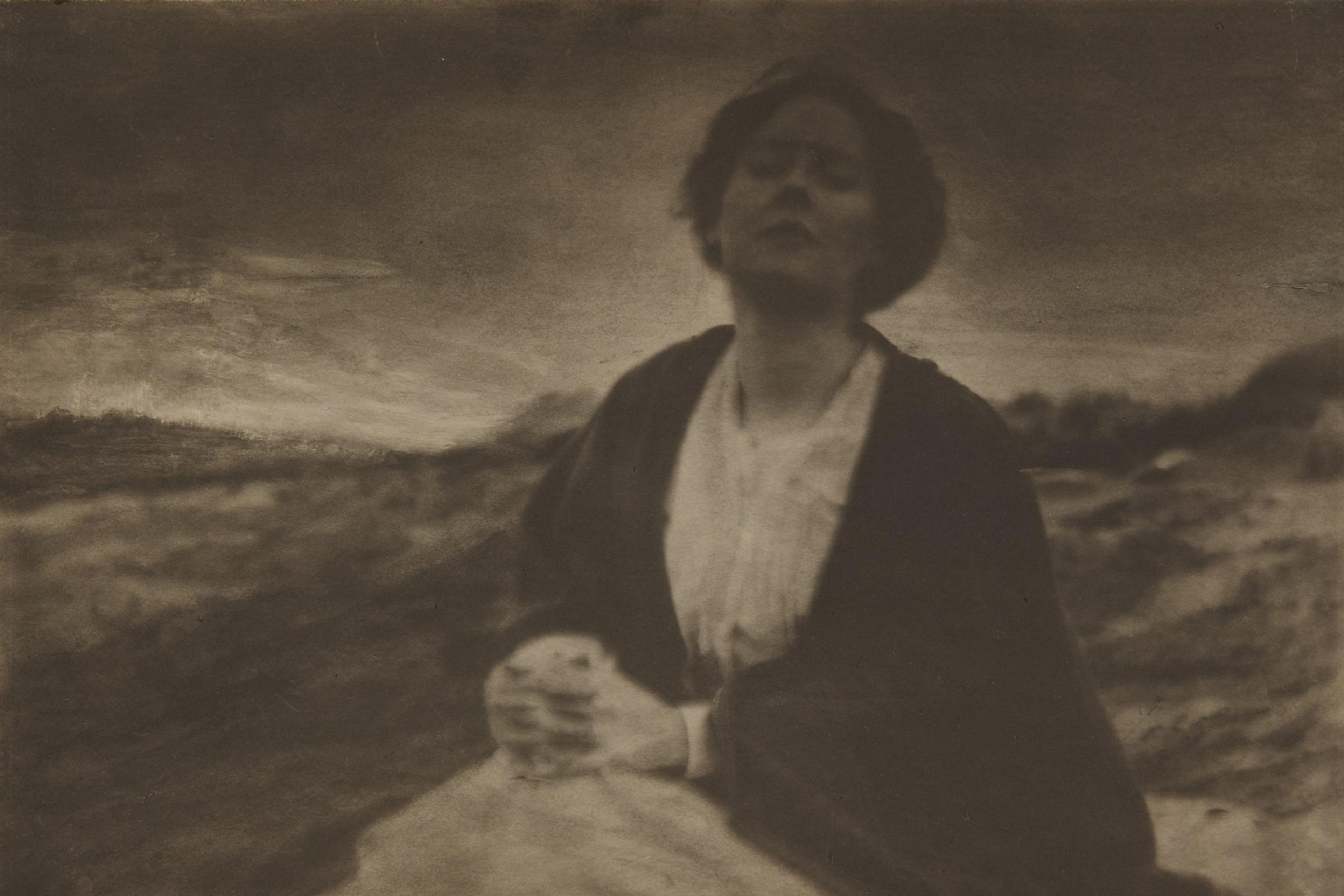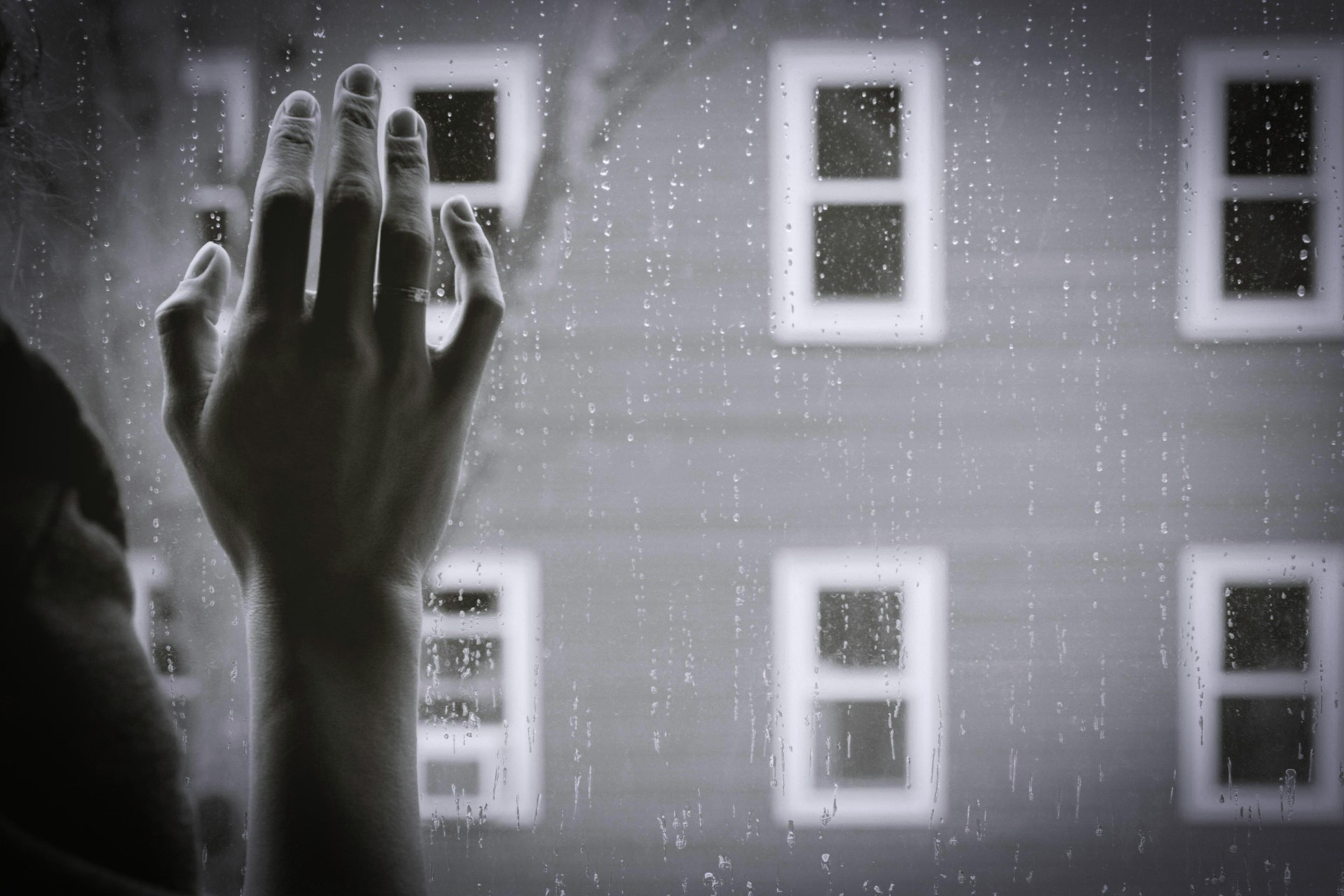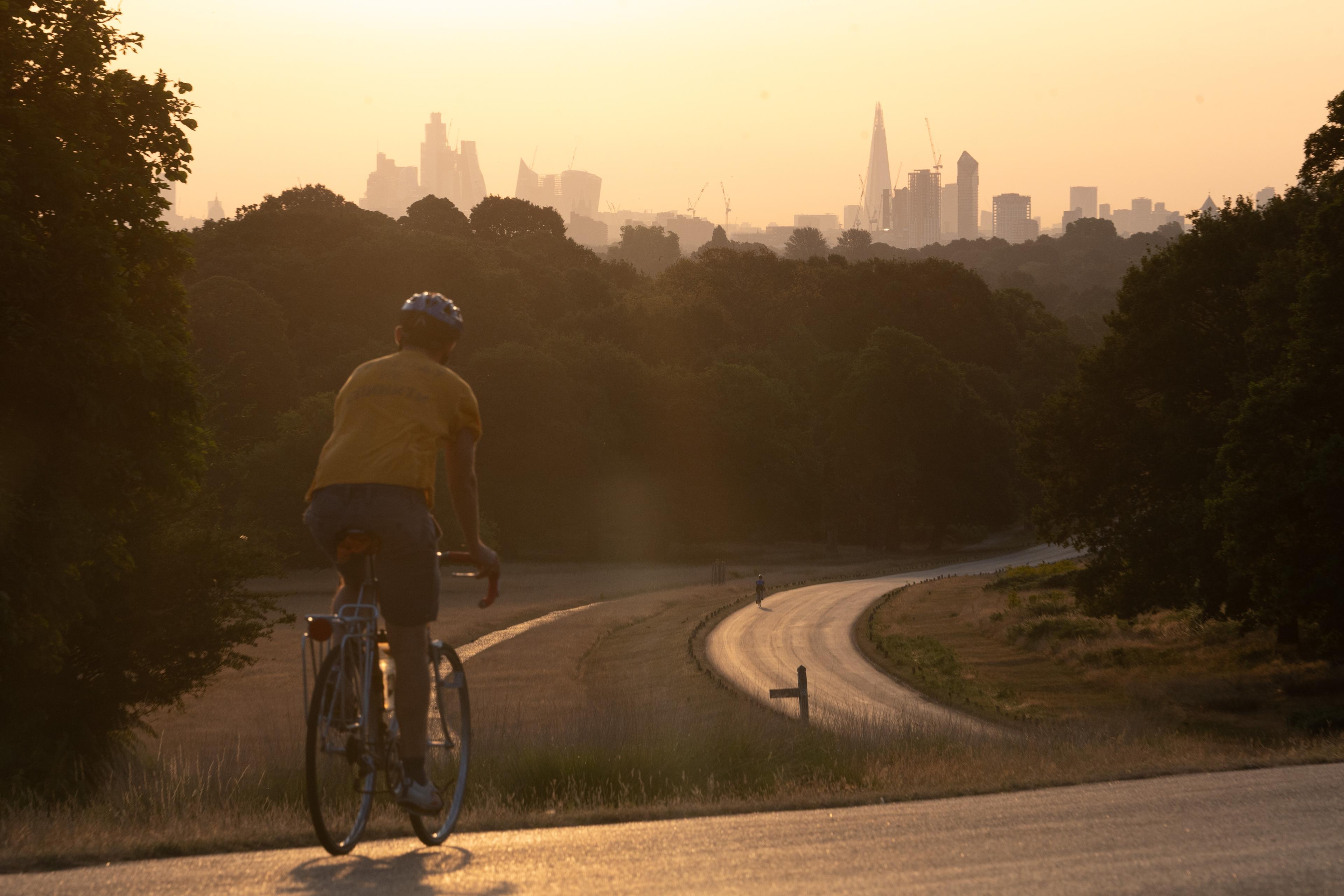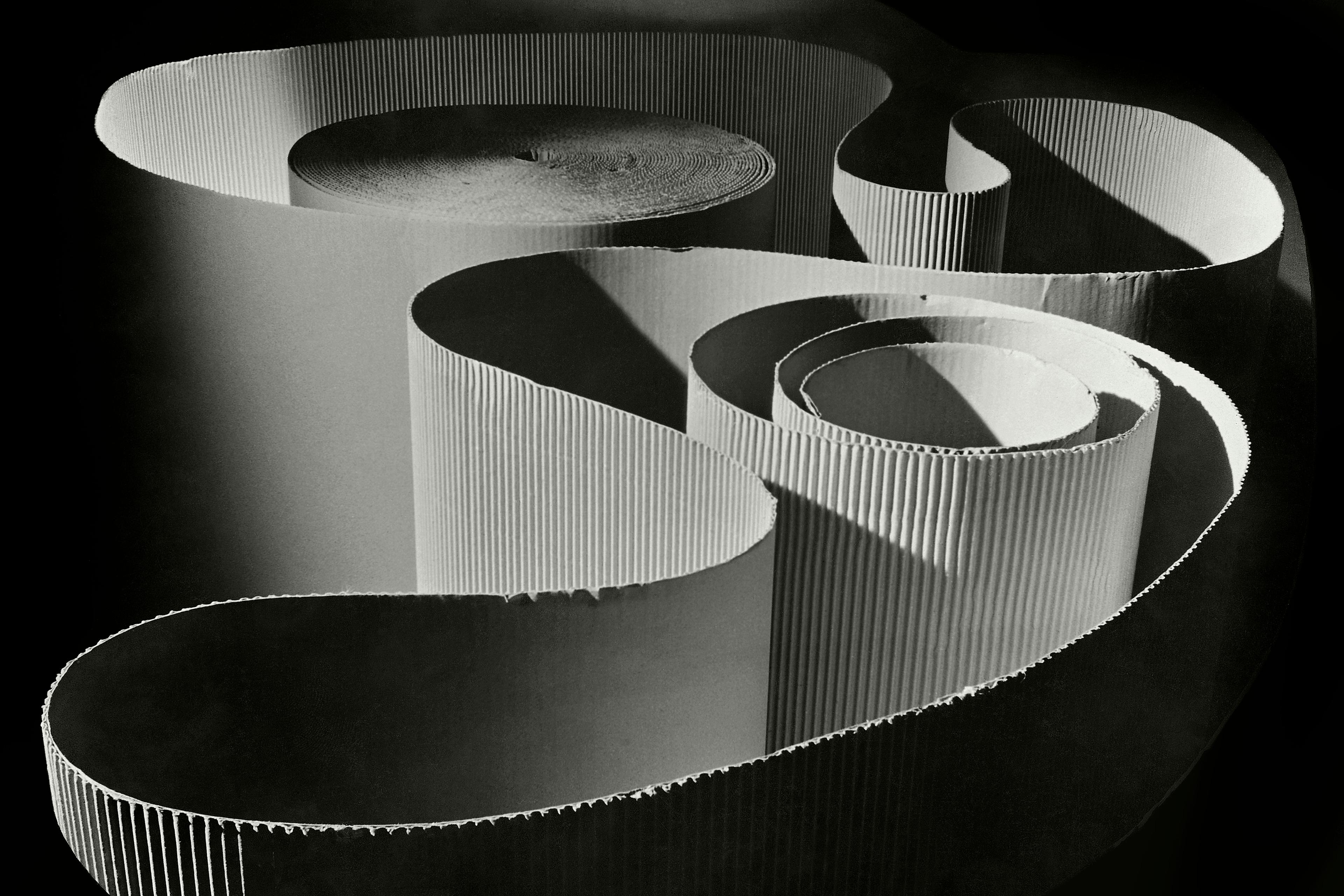In the weeks after the neurologist Oliver Sacks died, his friend Jonathan Weiner saw Sacks standing on a crowded street in New York. Then it happened again: from roughly two-dozen feet away, there was Sacks’s balding head, bushy white beard and tall frame, sitting on a park bench.
Weiner didn’t run after this apparition of Sacks, or plop down next to him on the bench and ask about his health. He knew that it wasn’t really him. There was ‘no moment of seeking’, Weiner, a science writer, recalls. ‘Just the pang of thinking I saw him and instantly remembering that was impossible.’
When someone close to you dies, they disappear, and can no longer be found. That is the precise moment that some bereaved people begin to see that person again: on a busy road, at the grocery store, turning a corner up ahead. It’s an experience that Sacks himself wrote about in his book Hallucinations (2012). In his clinical experience, up to a third of bereaved people saw or heard their loved ones after they’d died, many even saw their dead cats. Weiner stopped seeing Sacks after more time had passed, but he does still catch glimpses of his father, who died in 2016.
There’s a spectrum of these post-bereavement hallucinations, as psychologists refer to them. ‘I’ve had this reported to me thousands of times,’ says Alan Wolfelt, a grief counsellor, and the director of the Center for Loss and Life Transition. ‘Somebody’s out at the shopping mall, and from a distance they see their dad.’ Often people will actually confront a person, to make sure it’s not them.
In a study from 1971 titled ‘The Hallucinations of Widowhood’, a Welsh doctor found that almost half of widowed people had hallucinatory experiences of their spouses. They happened most often in the first 10 years of widowhood, to both men and women, and were more likely the longer a couple had been married. A study from 1985 replicated these findings based on interviews with the residents of two nursing homes, and a more recent study from 2015 found that 30 to 60 per cent of widowed people had post-bereavement hallucinatory experiences. Sometimes people don’t actually see their loved one, but have a feeling or sense of their presence.
That moment on the street, when your loved one appears in the corner of your eye, or up ahead, is more of an illusion than a hallucination, says Mary-Frances O’Connor, who runs the Grief, Loss and Social Stress Lab at the University of Arizona. Hallucinations usually come with a belief that endures beyond a visual encounter – that a person is still alive, for instance. But that’s not what is usually going on when people see their lost loved ones.
Wolfelt says it is more akin to a yearning and searching behaviour, which is a central part of mourning and acknowledging the reality of the person’s death. ‘I might know intellectually in my head that my father has died,’ he says. ‘But we aren’t built as humans to come to the reality of death quickly and efficiently.’
These visual illusions usually take place when we’re on autopilot or mind-wandering. As a neuroscientist of grief, O’Connor explains the phenomenon in the context of the way the brain is constantly making predictions about the world. ‘It helps us imagine what might happen, and how to prepare for that,’ she says.
After a loss, as the brain filters incoming perceptual information, it continues to do so through a stubborn belief that our loved one is still out there – in a sense, the priors that help shape our perception haven’t yet been updated. ‘If there’s some perceptual cue in the environment that might be related to what it would be like to see our loved one in this place, your brain will fill that in for us,’ O’Connor says. ‘The brain is really good at pattern detection and filling in the bits that might not be there.’
People who are further away from a loved one when they die can be more likely to see them after
It’s our beliefs about relationships that were very important that are likely to update the most slowly. When you bond closely to someone, especially as a child to a parent figure, that attachment creates a belief that that person will always be there for you. ‘This is why people say “I know this sounds crazy, but I just feel like they’re going to walk through the door again,”’ O’Connor says.
Most of these illusory experiences are benign. A majority of widowed people studied in 1971 even found them to be helpful; only 6 per cent described the encounters as unpleasant. In 2021, when researchers asked over 1,000 people how they felt seeing their loved ones after they had died, 71 per cent ‘treasured it’, 20 per cent said they were glad it had happened and 68 per cent thought that the experience was important for their grieving process.
Wolfelt has found, anecdotally, that people who are further away from a loved one when they die can be more likely to see them after. ‘Whereas people who see a dead body dead, they seem to have less searching and yearning behaviour,’ he says. Even when you’re far apart from someone, you know where they are. ‘You would know how to get to them,’ O’Connor says. ‘They live somewhere. When we’re acutely grieving, our brain is trying to understand: where is this person?’
O’Connor only becomes concerned if seeing a dead loved one leads a person to avoid certain situations or places, or to dramatically change their behaviours. One of her first grieving clients thought she saw her father, and was very worried about seeing him again. ‘This was largely because he’d been in a really traumatic accident, and she was afraid of what he would look like,’ she says. Once this client talked through her fears with O’Connor, they dissipated. For most people, despite a feeling of yearning or disappointment, it’s not a disturbing experience. ‘It’s not a bad thing, even though it causes pain,’ Wolfelt says.
In a book from 1983, The Anatomy of Bereavement, the psychiatrist Beverley Raphael described these encounters as ‘perceptual misinterpretations’, echoing some of Freud’s ideas about grieving. In the essay ‘Mourning and Melancholia’ (1917), Sigmund Freud wrote that people can have such opposition to the notion that their loved one no longer exists, that a ‘turning away from reality takes place and a clinging to the object through the medium of a hallucinatory wishful psychosis’.
But O’Connor says that momentarily thinking you’ve seen a dead person alive doesn’t need to be framed as a ‘psychosis’ at all. It means you’re still bonded to that person, and you don’t have to sever those bonds to grieve correctly, wrote the psychologist Christopher Hall, the chief executive officer of the Australian Centre for Grief and Bereavement. ‘Death ends a life, not necessarily a relationship,’ he wrote. ‘Rather than “saying goodbye” or seeking closure, there exists the possibility of the deceased being both present and absent.’ This could mean seeing your friend or father sometimes out of the corner of your eye. It could also be more explicit: talking to them aloud, or intentionally visiting places they loved and feeling their presence there.
Some people come to perceive things that aren’t there after losing a sense, like hearing imagined things after losing their hearing
It’s common for people to have experiences with dead loved ones across many cultures, though it can be interpreted in varying religious, spiritual or psychological ways. For instance, a study of Japanese widows found that those who left out food for the dead had more psychological resilience. In China, people have described their loved ones visiting them as insects, who ‘rarely flew away, as insects normally do, allowing the bereaved the chance to talk to the insects as if they were talking to the deceased.’
Sacks had the same experience Weiner had, with his own parent. ‘After my mother died, I kept thinking I was seeing her in the street,’ he said in an interview about Hallucinations with National Public Radio (NPR) in 2012. ‘I think there was probably some slight similarity of gait or posture or size.’ In Hallucinations, Sacks wrote about some people who come to perceive things that aren’t there after losing a sense, like hearing imagined things after losing their hearing. Losing a person you cared about could be thought of in the same way. ‘One would certainly wonder if it’s that way,’ he said. ‘A death of a loved and familiar person leaves a hole in one’s life.’
In 2020, one of my best friends died. The year before, he had moved back home to California so we hadn’t seen each other in months. Yet it wasn’t until he died that I would sometimes look over my shoulder if I saw a person with his physique, or cross a crowded subway car to approach someone dressed like him. Another friend, Kengo, who shared this loss with me, says he’s had similar experiences – often when someone is wearing a beanie the way our friend used to, or has on cuffed jeans or a good knit sweater.
Kengo will feel, at first, electric joy. ‘I see the back of my friend’s head and he doesn’t see me – I get to surprise him!’ Then, time stops, and there’s a split between that feeling and reality. ‘That feeling you get when you miss a step on the stairs,’ he says. ‘Then a slow, sad panorama as I try to see the person from the other angles. I go around their side. The face confirms it.’ Kengo might follow them for longer than he thinks he should. ‘Stealing glances, I can’t resist the urge to reconfirm that it’s not really him.’








